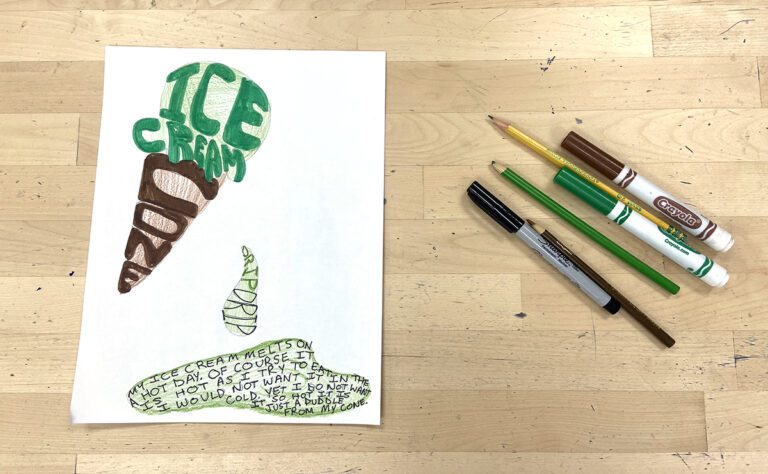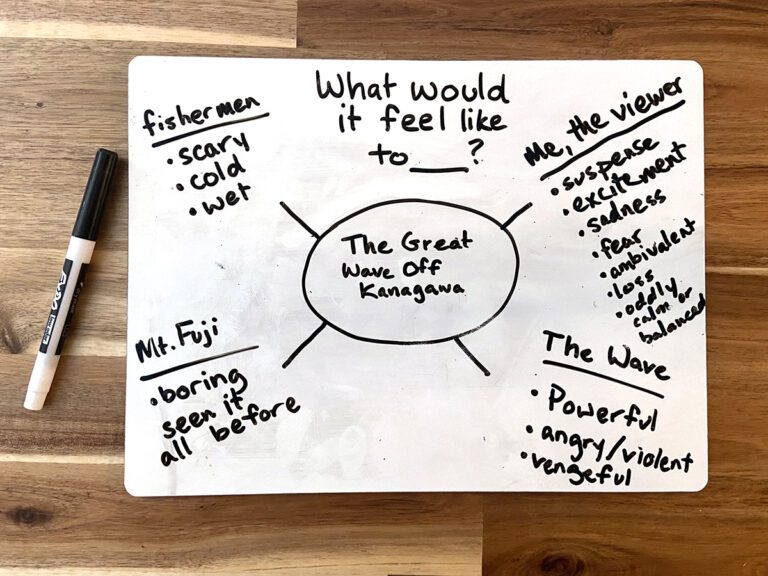Cross-curricular planning is a philosophy in education that attempts to put an end to isolated instruction and learning. As art educators, we know how much art can connect with other subjects. Deeper learning can often occur when teachers combine relevant content areas. This type of learning helps engage the whole student with their heart, mind, body, and soul. As with anything in education, finding a practical way that fits your teaching style is key. If you are forcing an initiative for the sake of doing it, the material is not going to be as strong or inspire deeper student learning.
5 Ways to Make Cross-Curricular Connections
1. Find collaborators.
To begin, identify potential connections between or among content areas. As an art teacher, look at your curriculum and find possible crossover opportunities with other subjects. Think about the expert teachers in your building. Reach out to them and be enthusiastic about working together to benefit each other’s teaching. Active collaboration is critical, so think about who you would work well with as a starting point. If you already have a good relationship with the language arts teacher, that may be an excellent place to start!
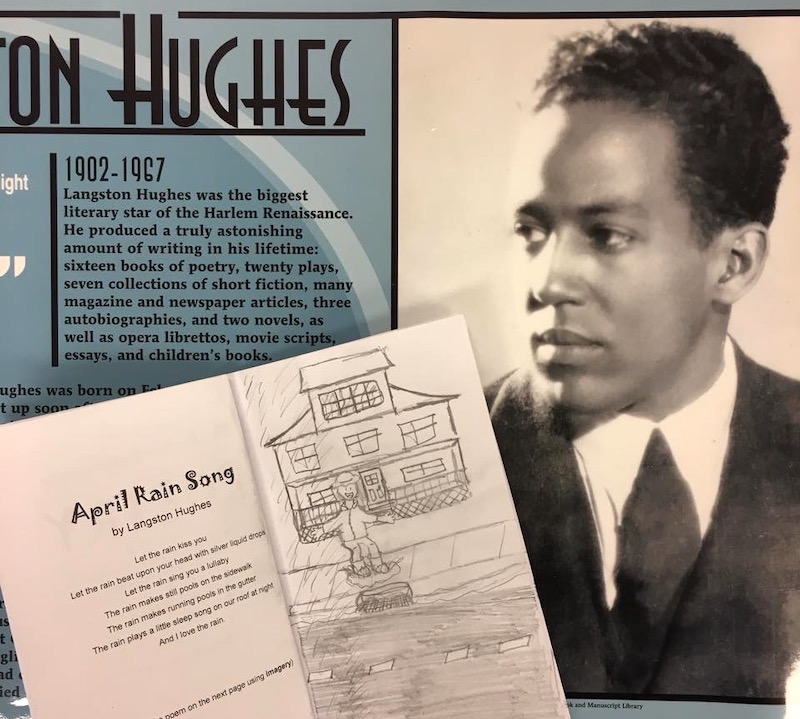
You could collaborate with any expert in your school. Here are a few content areas to investigate:
- Language Arts – visual narratives
- Social Studies – cultural differences
- Music – rhythm and mood
- Math – geometry and shapes
2. Identify standards.
Once you’ve collaborated with the expert, the next step would be to identify the standards. You already have a good idea of your own state/national standards, but most likely, you won’t have the same grasp on standards from another content area. Ask the expert for insight. Look at the standards together. Identify what fits the learning experience you’ve envisioned. Come up with clear objectives together. Decide on when the best time in the school year it would be to introduce this lesson. If previous learning needs to occur first, that may be something to consider when scheduling the lesson.

3. Discover connections.
Discuss with your colleague how art connects to his or her own content area. They may have some ideas of their own you haven’t thought of! Identify key concepts and overlapping vocabulary so you can use common language. If the language arts teacher has a unit on opinionated writing, students can use those same instructions to evaluate a work of art. The language arts teacher may ask students to draw a picture from a piece of descriptive writing. The two of you can work together to identify those relevant opportunities.
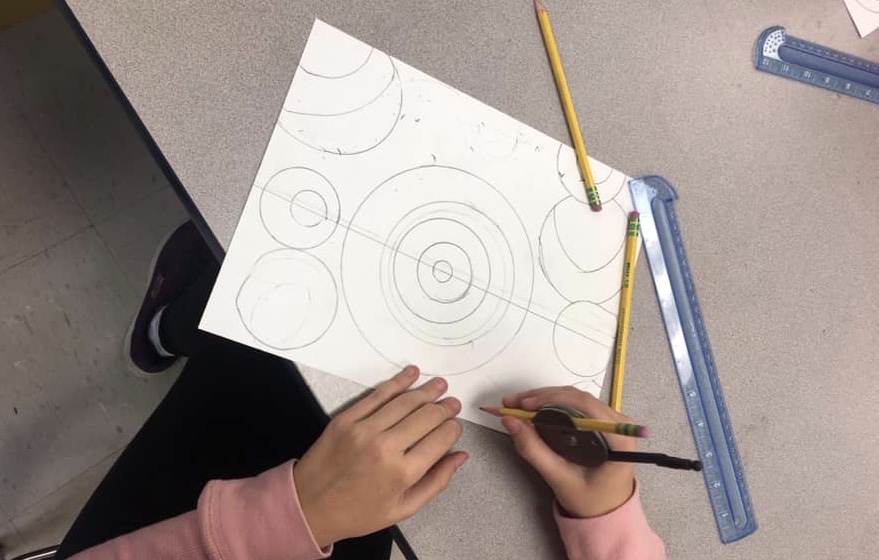
Schedule your lessons to maximize the learning between your two classrooms. Then, give yourselves and your students time to reflect on how the two content areas relate to one another. In doing so, you start to demonstrate real-world connections to both of your content areas! It’s a win-win for the teachers and helps students engage in deeper learning.
4. Keep your plan art-centered.
Above all, remember your art lessons should always showcase art content front and center. In cross-curricular planning, you will pull from other content areas to enhance student learning. Art will still remain the main focus.
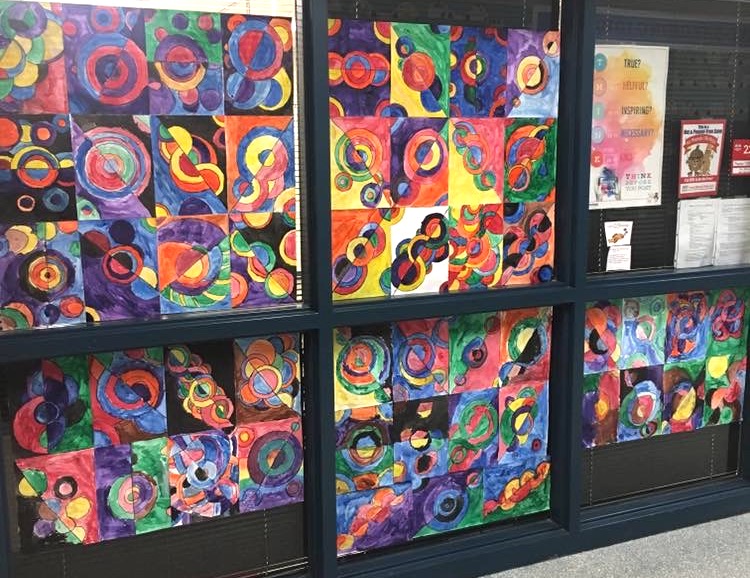
Whether you use state or national art standards, make the art standard your priority standard for the lesson. Any standards you are using from another content area should be a supporting standard. You may or may not assess these at the end of the lesson. This assessment could be more informal. As an art teacher, you are highly qualified to assess the art standards, but the other content areas you could simply check for understanding.
The best way to ensure artmaking is at the heart of the lesson is to have those objectives clearly defined before diving into instruction. The outcome of the lesson should be an art experience, project, or a response to an artwork. With those goals in mind as you begin instruction, your lesson should remain art-centered.
5. Share your experience
As you come to the end of your lesson, take some time to share your experience with others. After collaborating on a cross-curricular lesson, you and your colleague should share the outcome. Collaborators may be hard to find at first, but if you can prove the benefits to others, you may even inspire a new trend! Here are a few ways you could decide to share your experience with cross-curricular planning:
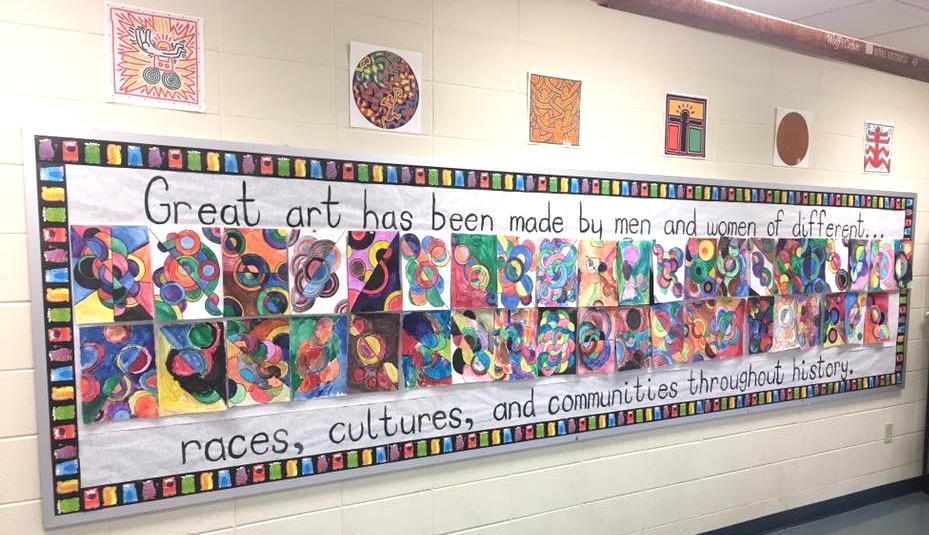
- Art display in the school
- Art display in the community
- Newsletter for parents
- Present at your staff meeting
- Present to the school board
- Present at a professional education conference/convention
- Write a blog post
- Write an article for the local newspaper
The goal of cross-curricular planning is to engage students in deeper level thinking by combining relevant content areas. Art has the unique capability to relate to many content areas. By collaborating with other content areas, but keeping the lessons art-centered, you and your colleagues could create some amazing lessons for your students!
How do you plan cross-curricular lessons in your classroom?
With whom do you collaborate in your building?
How do you share your classroom experiences with others in the community?
Magazine articles and podcasts are opinions of professional education contributors and do not necessarily represent the position of the Art of Education University (AOEU) or its academic offerings. Contributors use terms in the way they are most often talked about in the scope of their educational experiences.


